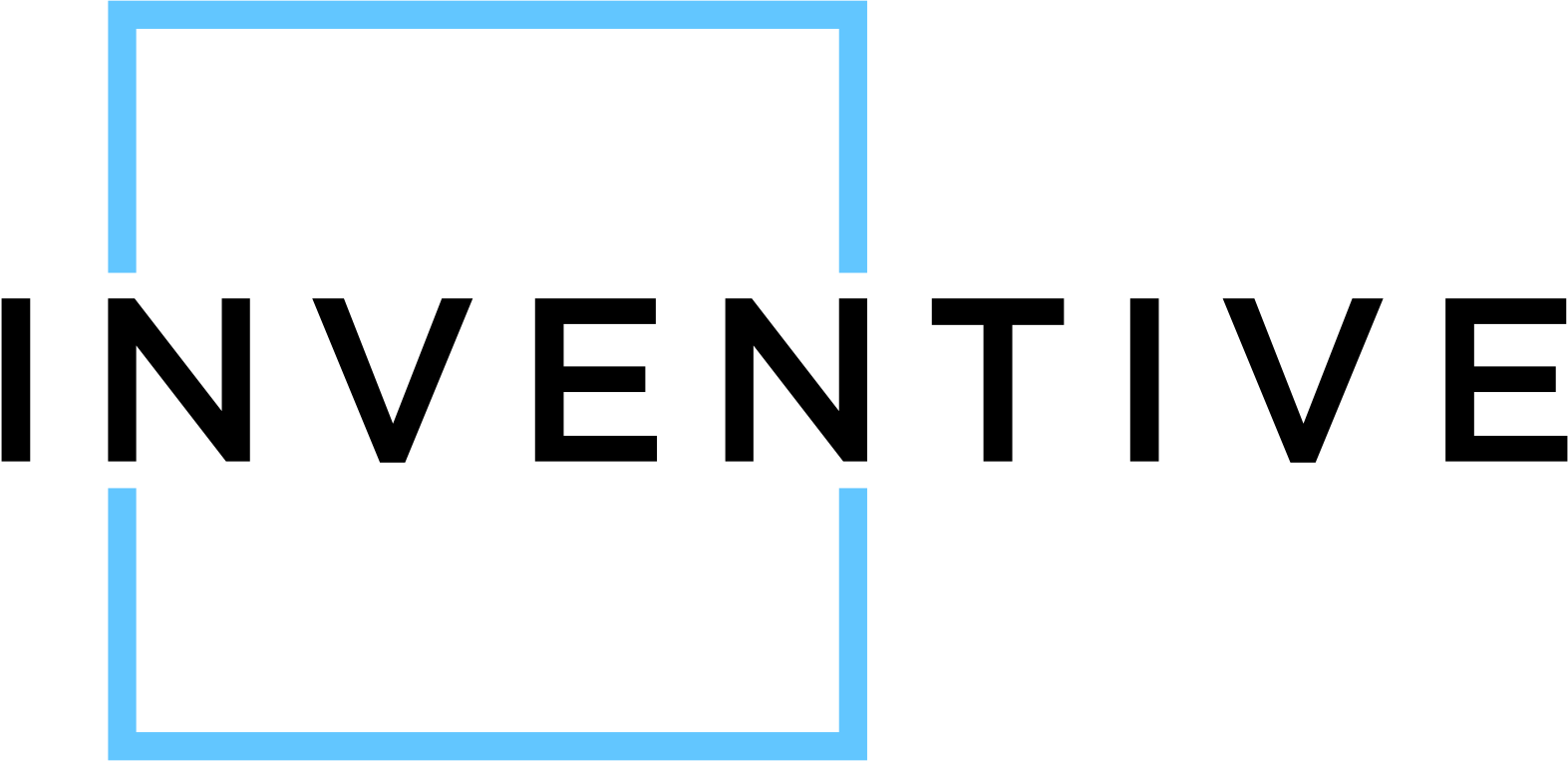Oh boy, when it comes to testing automated systems before we unleash them on the world, we're not just dotting our i's and crossing our t's—nope, it’s more like a George R.R. Martin level of meticulous planning. Because folks, we may be venturing into the land of automation, but we’re still living in reality, where things can and do go wrong faster than your favorite TV series getting canceled.
First up, we play Twilight with individual components and do good ol' unit testing; it’s akin to making sure each puzzle piece fits before trying to cram the whole jigsaw together. Then we throw a party and invite all the components to mix and mingle—that’s integration testing, ensuring everyone plays nice in the digital sandbox.
Next, it’s audition time with User Acceptance Testing (UAT)—think Simon Cowell in the room but, you know, less sassy and more focused on ensuring the tech actually does what you wanted in the first place. If the system doesn't hit the right note, back to the drawing board it goes!
Performance testing then swings into action, making sure our systems can handle whatever the world throws at it, whether it's record-breaking traffic or just someone sitting in their PJs trying to order socks online at 3 AM. Think of it like making a system ready for its marathon, not just a sprint.
And for those times we're feeling a bit chaotic and ready to break the Internet? Enter stress testing. We push the system until it metaphorically cries for its digital mama, identifying breaking points so we're not dealing with a holiday shopping black hole.
Now, what’s security testing, you ask? Well, my dear Watson, we channel our inner detective to ensure our system wears its security badge loud and proud, locking out cyber baddies like a password version of “You shall not pass!”
For anything business-critical, we recommend some parallel processing. Picture this: your automated system’s the student-eyeing-the-paper-next-to-them while the manual system's the sort of overachiever hand-raising A-student, showing it how it's done—a tactic that ensures no one’s running with scissors until we know it’s safe.
Of course, our testing environments perfectly reflect production setups—no VR filters needed here. We keep things real with automated testing tools, adding efficiency to the mix without skimping on thoroughness.
And let’s not forget our pièce de résistance: documenting test results. We track issues like detectives tracing clues, ensuring each one hits resolution faster than you can say "elementary, my dear Watson."
When we're done, not only are disruptions minimized come deployment day, but we ensure our automated systems hit the ground running—no faceplants allowed. Just another step on our crusade to make tech as reliable as a cup of morning coffee. ☕


